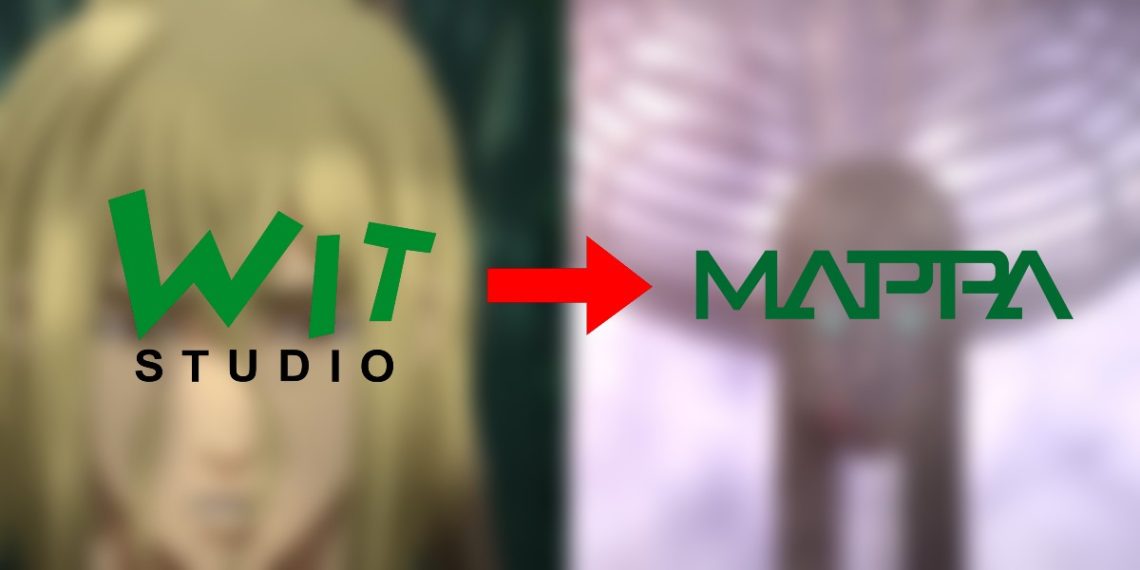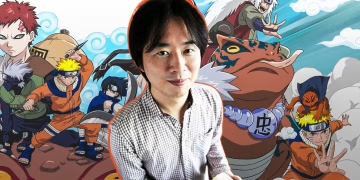Wit Studio has made an indelible mark on the anime industry in its relatively brief decade of existence. Founded in 2012, they rapidly established themselves through gorgeously animated and visually striking adaptations like Attack on Titan and Vinland Saga.
These series became iconic, garnering critical acclaim and passionate fandoms.
However, in a surprising recent interview, Wit Studio’s CEO announced they would no longer be animating new seasons of these two hit shows. This revelation shocked many, given how well-received and successful Wit Studio’s adaptations had been.
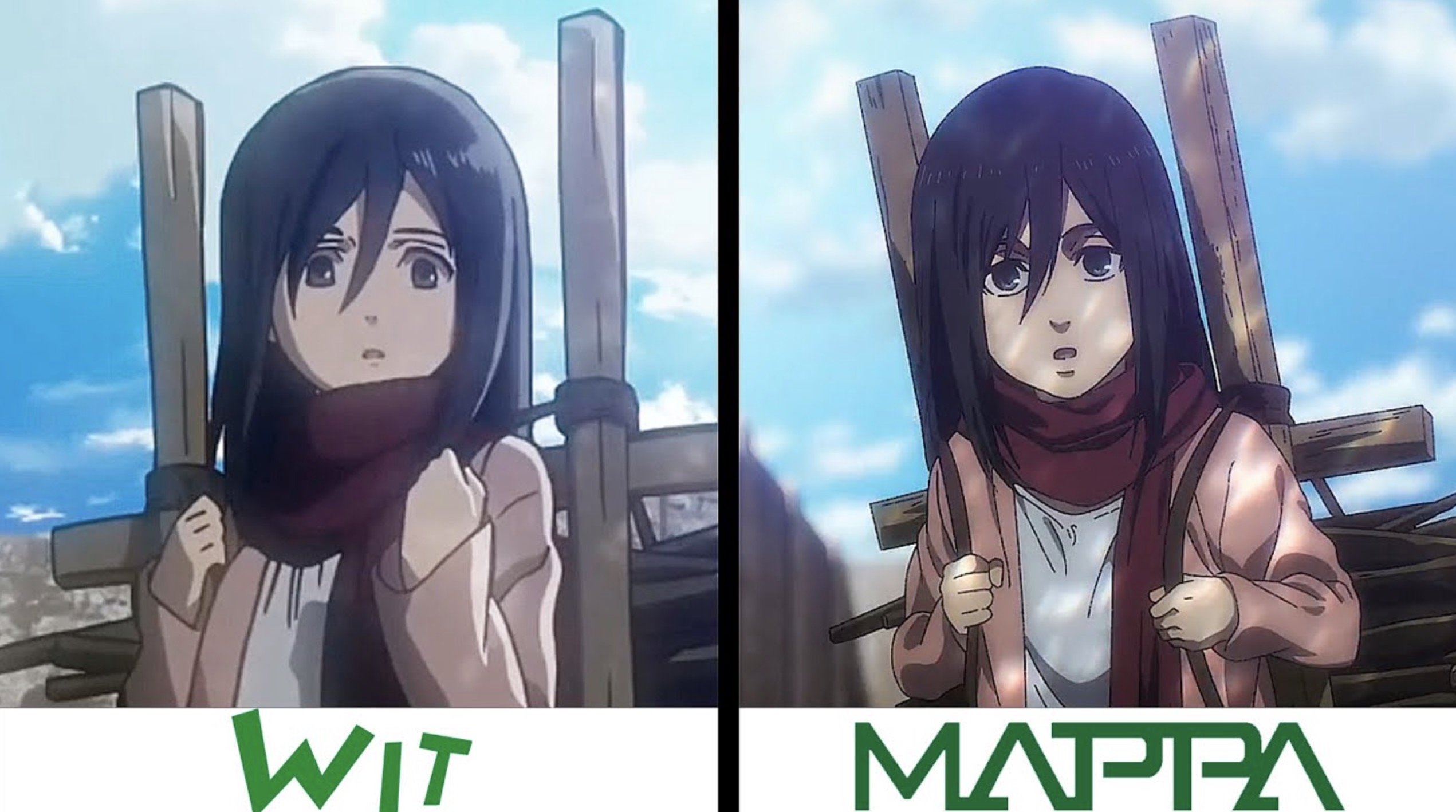
Their stylish animation and faithfulness to the source material seemingly perfectly captured the essence of each series.
Yet the CEO shed light on the economic realities forcing this decision. Producing top-quality anime requires substantial human resources, technical capabilities, and time. Despite the success, Wit Studio is still a young, growing company with limited bandwidth.
The CEO expressed regret yet asserted that to maintain their reputation for high standards, they could not take on additional seasons of Attack on Titan and Vinland Saga at this stage.
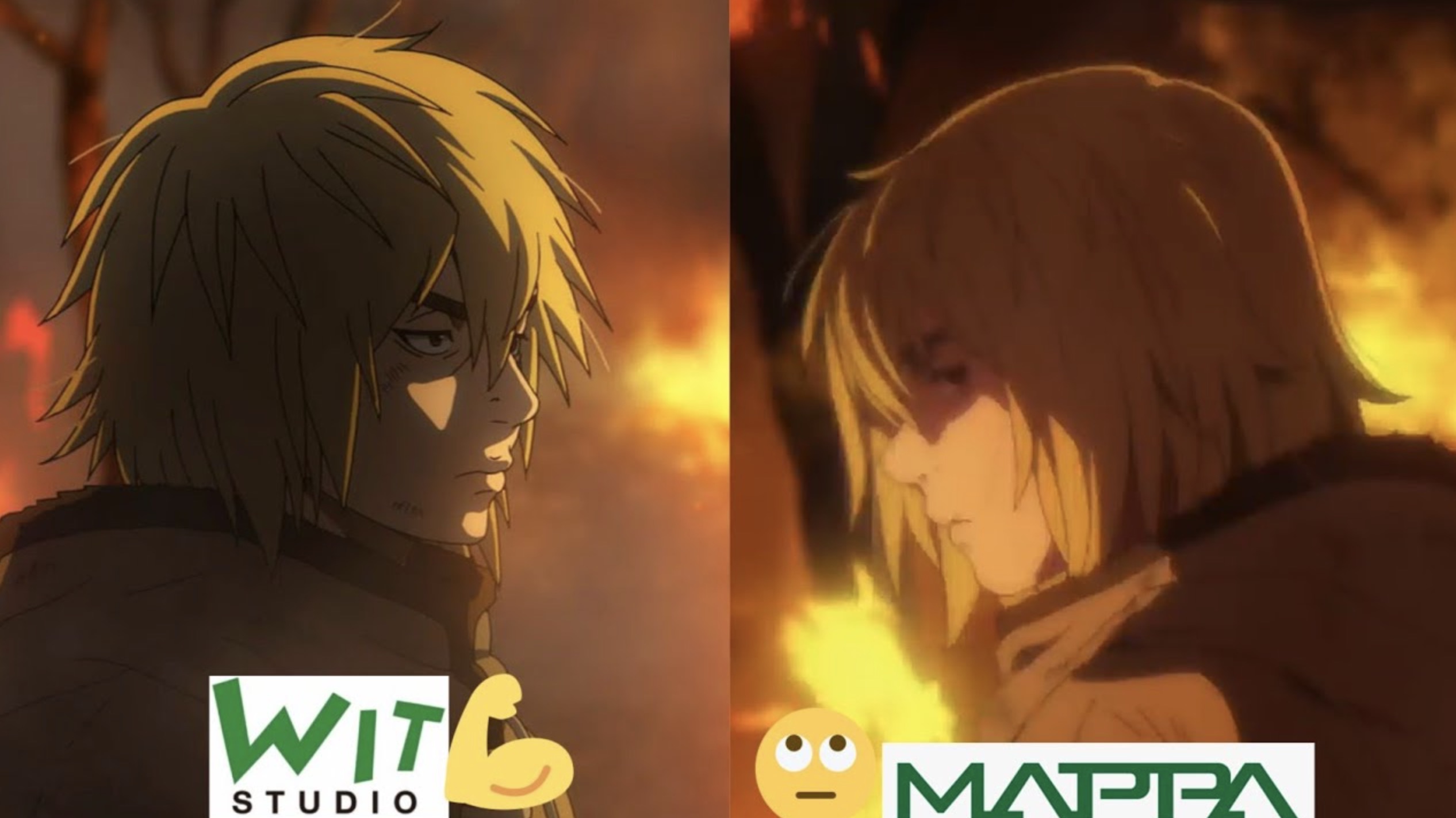
While disappointing for fans, his candor provides insight into the constant trade-offs animators face between artistry and sustainability. The interview highlights how even our most masterful creative enterprises must make difficult choices as they chart their path forward.
And it poses the question – if not Wit Studio, then who in the anime world can truly do justice to the heights these iconic series have reached?
Balancing Artistic Vision and Real-World Constraints in Anime Production
In the revealing interview, Wit Studio head George Wada shed light on the tough decisions behind not continuing Attack on Titan and Vinland Saga. He explained their ethos has always been to see projects through from start to finish with care and conviction.

Yet real-world realities intervened when it came to these two beloved franchises. Originally, Wit only contracted for the first seasons based on tentative plans for potential future installments.
The studio could only plan additional seasons once DVD sales figures confirmed sufficient demand. But by the time those crucial numbers arrived, Wada had already slated new projects on Wit’s packed production schedule.

Wada took accountability for the unavoidable yet painful call, expressing regret that Wit had to hand off the series’ next chapters to new animation studios mid-story. Keeping their small but exceptionally talented team on a quality-driven path meant impossible either-or tradeoffs.
The insight reveals the human dimension behind Wit’s ceiling reach – how trying to balance artistry, logistics, and ambition can leave even animation visionaries with no choice but tough compromises.

Wada’s candor unpacked the nuanced constraints on delivering anime excellence. It spotlights the perpetual quest so many creative leaders face – harmonizing soaring vision with pragmatic realities on the ground in order to keep raising the bar.
Wit Studio’s Evolving Challenges in the Anime Industry
The interview revealed how the anime industry economics have transformed since Wit originally took on Attack on Titan and Vinland Saga. At the time, Blu-Ray/DVD sales figures were the make-or-break factor in greenlighting new seasons. But in the streaming era, online popularity data now unlocks sequels much quicker.
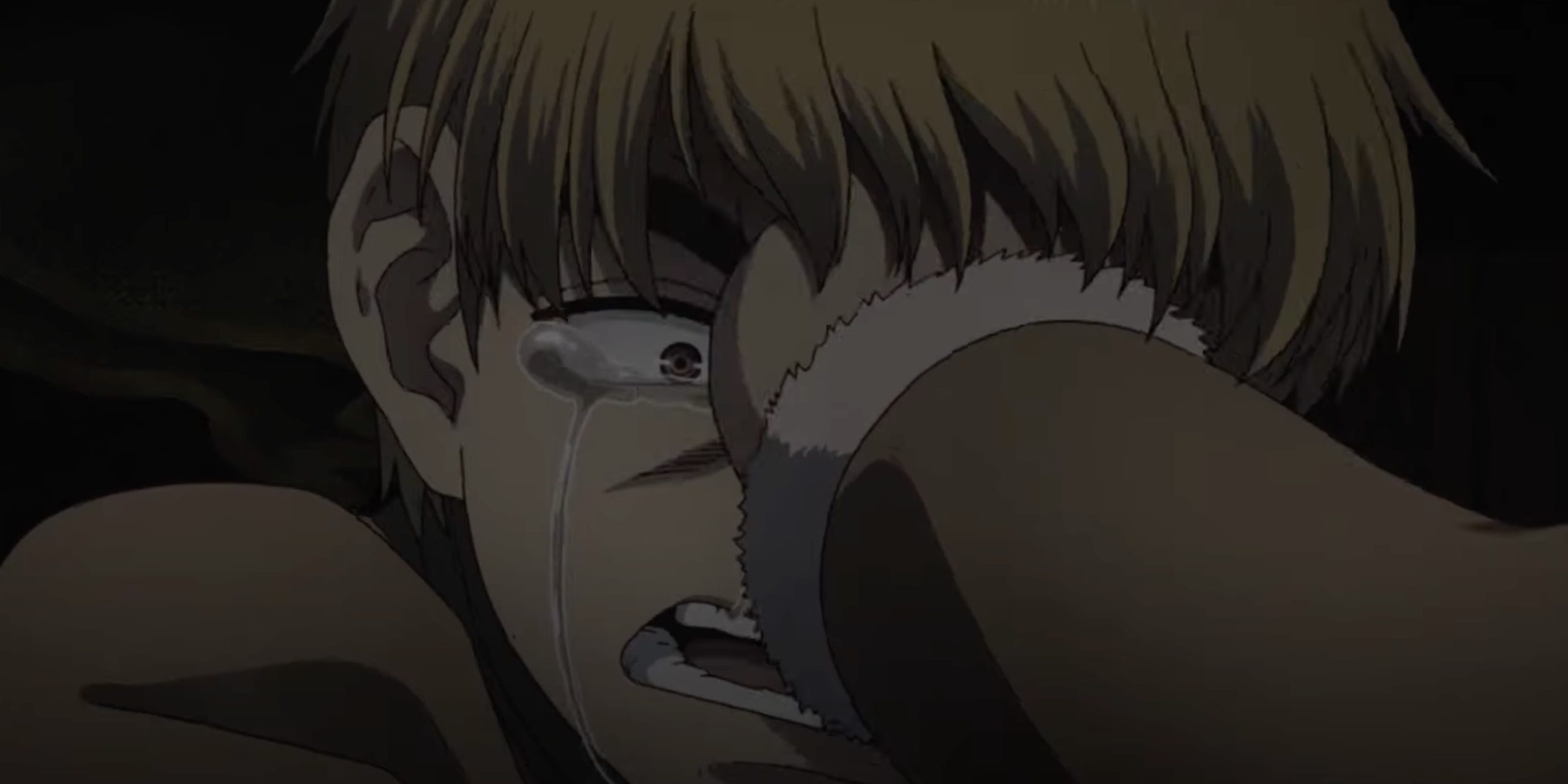
This changing landscape benefited MAPPA, the more sizable studio that took over the two hits. No longer shackled to pending DVD numbers, MAPPA could commit sooner thanks to instant metrics proving the franchises’ viability.
Wada also hinted that Attack On Titan specifically overtaxed fledgling Wit’s early capacity. As their inaugural anime in 2012, it came when they only had 35 employees.

Creating that first epic season with such a small crew took an unsustainable toll, delaying season 2 by 4 whole years.
So while fandoms faced disappointment, the interview spotlights forces beyond one studio’s control. Market fluctuations and growing pains shape even the most decorated animators. The challenges resonate with any creative enterprise outgrowing early limitations.
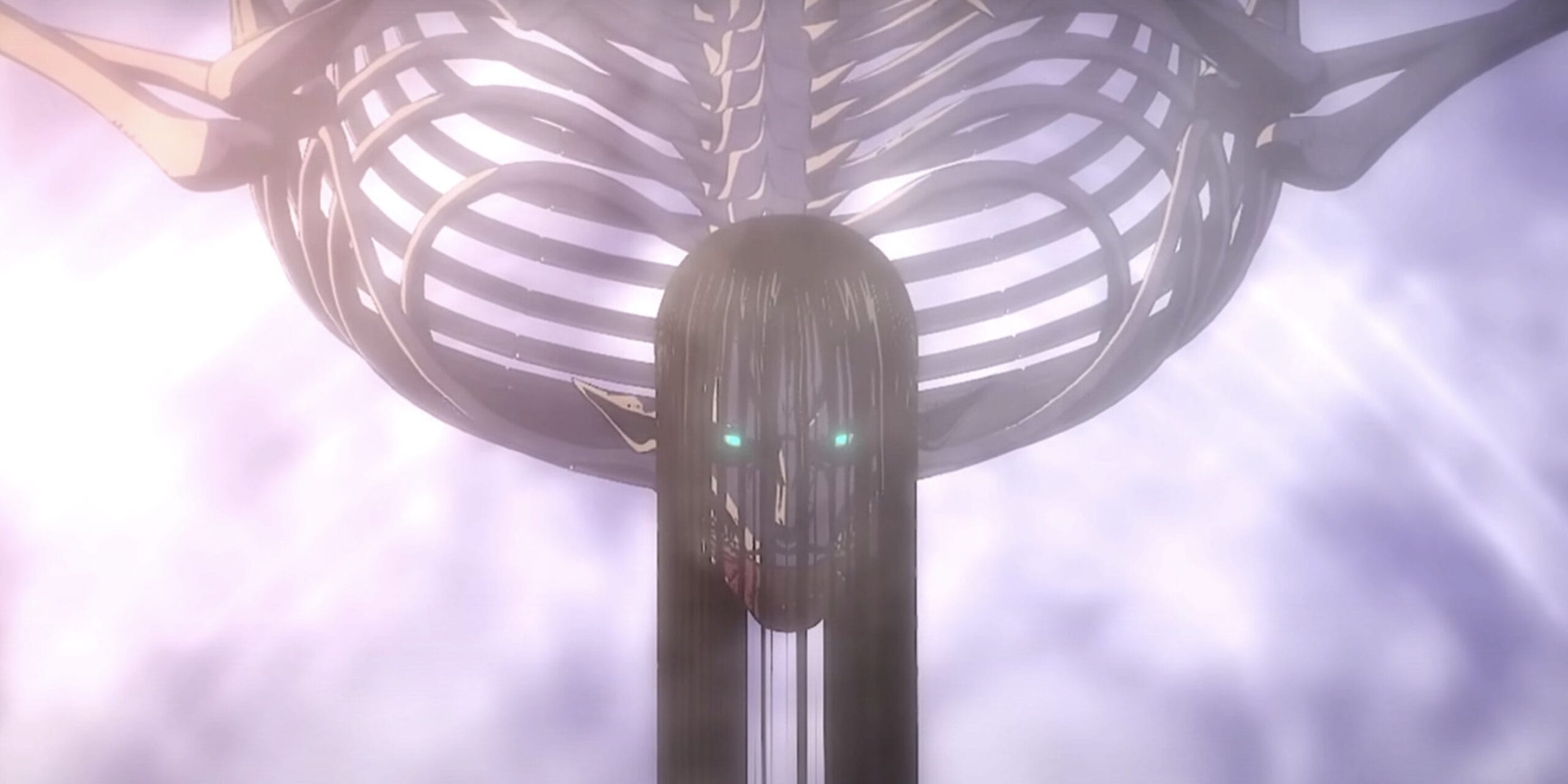
Wit captured lightning in a bottle early on, at the cost of illusion-shattering lessons about pacing vision with reality. Their voyage shows how translating passion into sustainable excellence is a nonlinear path filled with tough judgment calls.
From Anime Trailblazer to New Horizons
While Attack on Titan and Vinland Saga’s departures left an empty space, the interview’s wider subtext was one of creative renewal. It traced Wit Studio’s growth from a promising upstart to an animation tour de force.
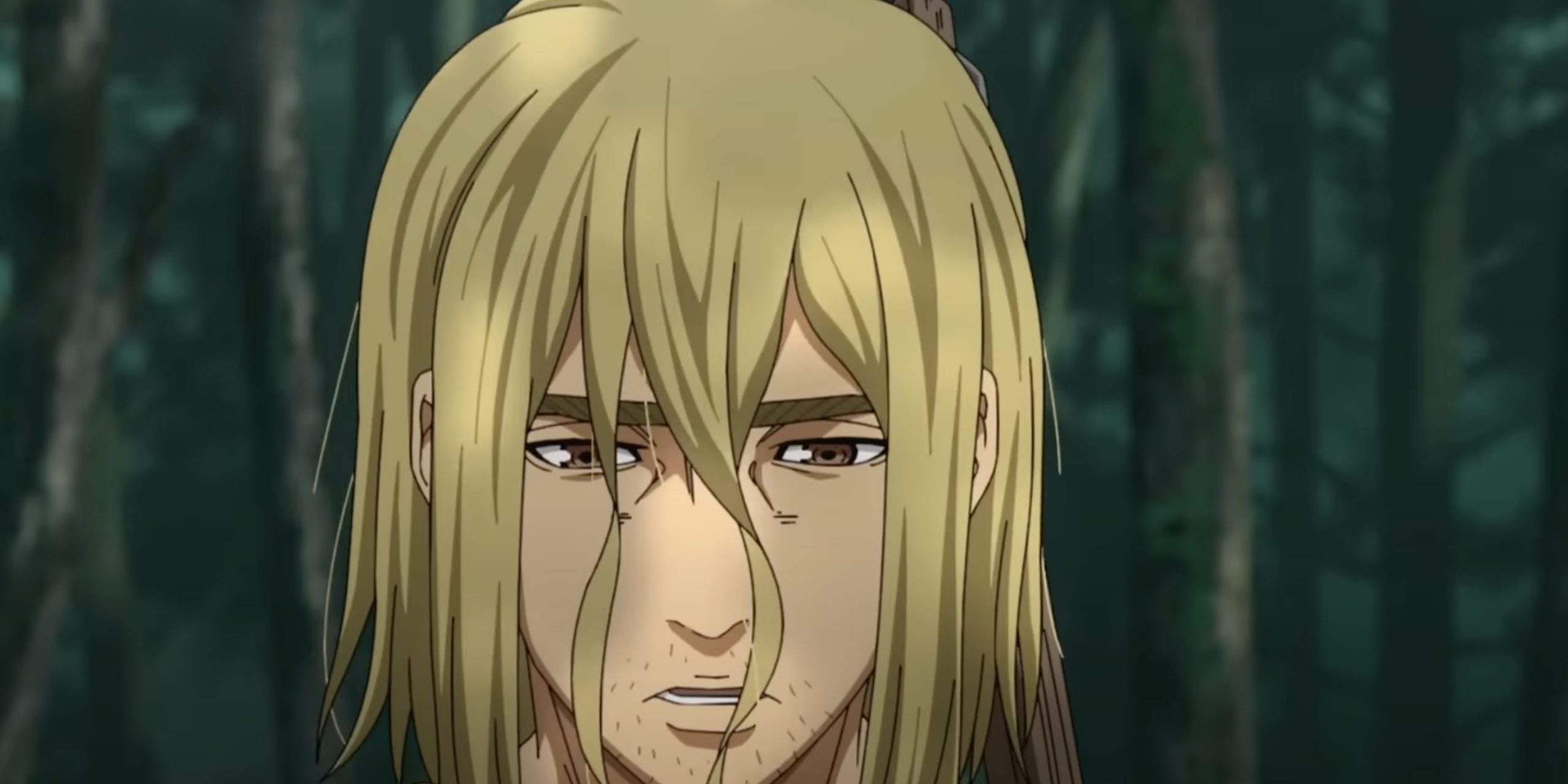
Once the shock dust settles, their trajectory keeps soaring upwards. New hit adaptations like Spy x Family and Vampire in the Garden showcase Wit flexing their signature skills – faithfully rendered style and visual splendor.
Their recently unveiled collaboration with One Piece speaks to a studio scaling new heights yet staying true to their identity. Though the loss of an early defining series is bittersweet, it seems less closing chapter and more liberation into their next act.

